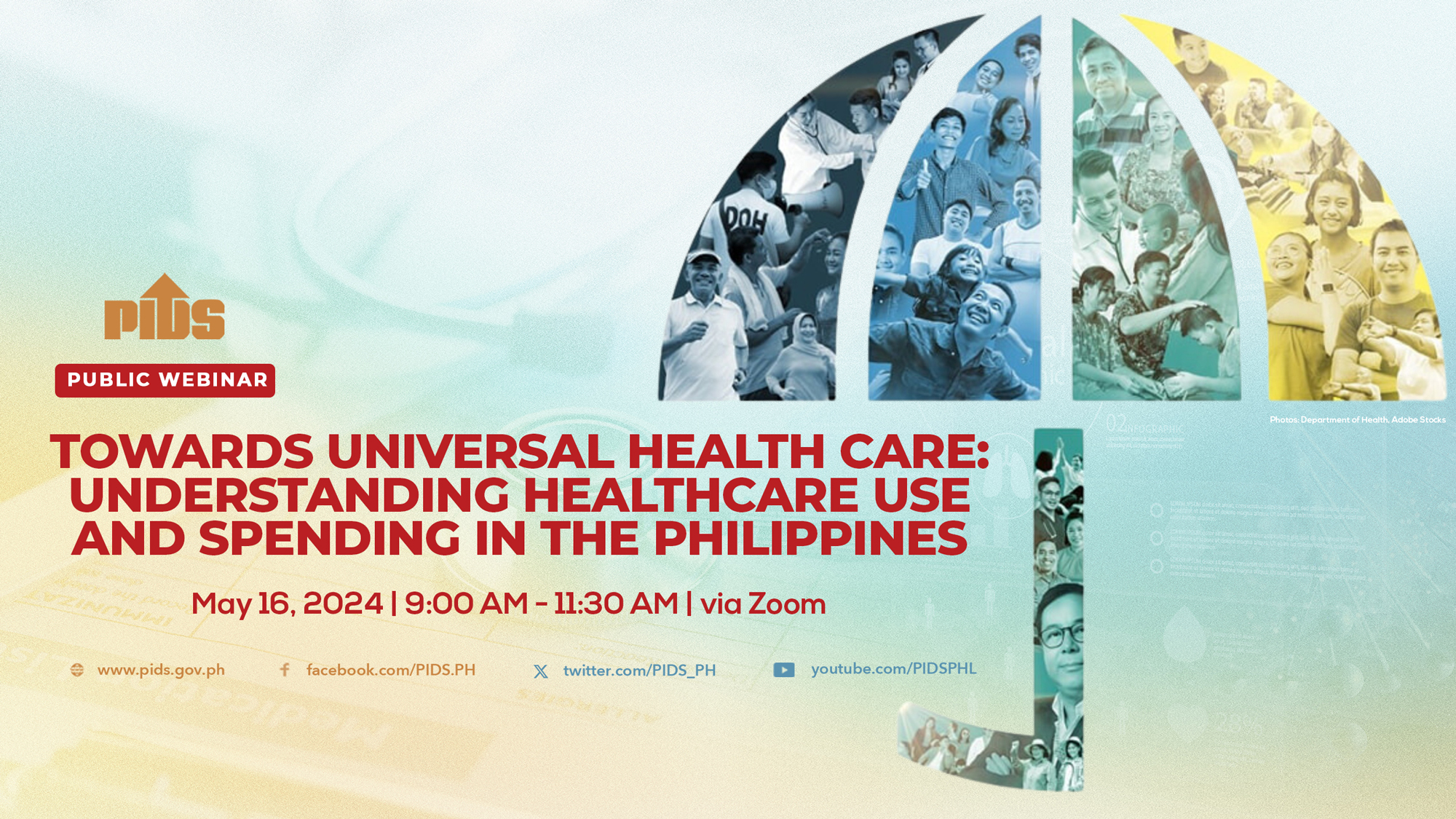The Philippine Institute for Development Studies (PIDS) said health system reforms are needed to address the country’s growing cases of noncommunicable diseases (NCDs).
In a study, PIDS Research Fellow Valerie Gilbert Ulep, PIDS Supervising Research Specialist, Jhanna Uy, and PIDS Research Analyst Lyle Daryll Casas said NCDs are now the “leading causes of disease burden” in the country.
NCDs are “conditions of long duration and slow progression” such as cancers, chronic respiratory diseases, cardiovascular diseases, and diabetes. Top NCDs in the Philippines include ischemic heart disease, stroke, chronic kidney disease, diabetes and low back pain.
PIDS, citing the Institute for Health and Metrics and Evaluation report, said the contribution of NCDs to total deaths in the Philippines grew from 39 percent in 1990 to 64 percent in 2019.
“Without path-breaking interventions, NCD cases will double by 2040. For instance, the number of Filipinos with hypertension will increase from 14 million in 2020 to 30 million in 2040,” the authors said.
They noted that despite the increase of cases for the past years, the country’s health system is not equipped to handle NCDs and remains “historically designed and oriented to treating infectious diseases, and focused on promoting maternal and child health.
“The health system must move away from episodic delivery of care into a more integrated whole-person approach,” the authors said.
The authors said primary health care (PHC) facilities are also inadequate and not accessible to communities.
They said that at present, the Philippines has 2,600 rural health centers (RHUs) but based on geospatial analysis, only half of the population has access to RHUs.
According to them, the Bangsamoro Autonomous Region in Muslim Mindanao, Region 5 (Bicol region) and Region 4A (Mimaropa) are the regions with the highest percentage of the population without timely access to RHU.
Aside from these, the authors said only 4 percent of the country’s health spending went to PHC facilities and there is also a lack of healthcare staff in PHC facilities.
“A typical RHU needs at least one medical doctor, a nurse, and a midwife. The current supply of primary care physicians is not enough to meet the population’s future health needs. Based on the Philippine Health Facility Development Plan (2020-2040), about 50,000 PHC physicians are needed to meet the PHC demand,” they said.
The authors said there is a need to address these weaknesses in the healthcare system to strengthen the capacity to address the growing threat of NCDs.
They said information and communications technology should also be utilized in enhancing the business processes and service delivery for NCDs, adding that accelerating the implementation of the Universal Health Care is also needed.












